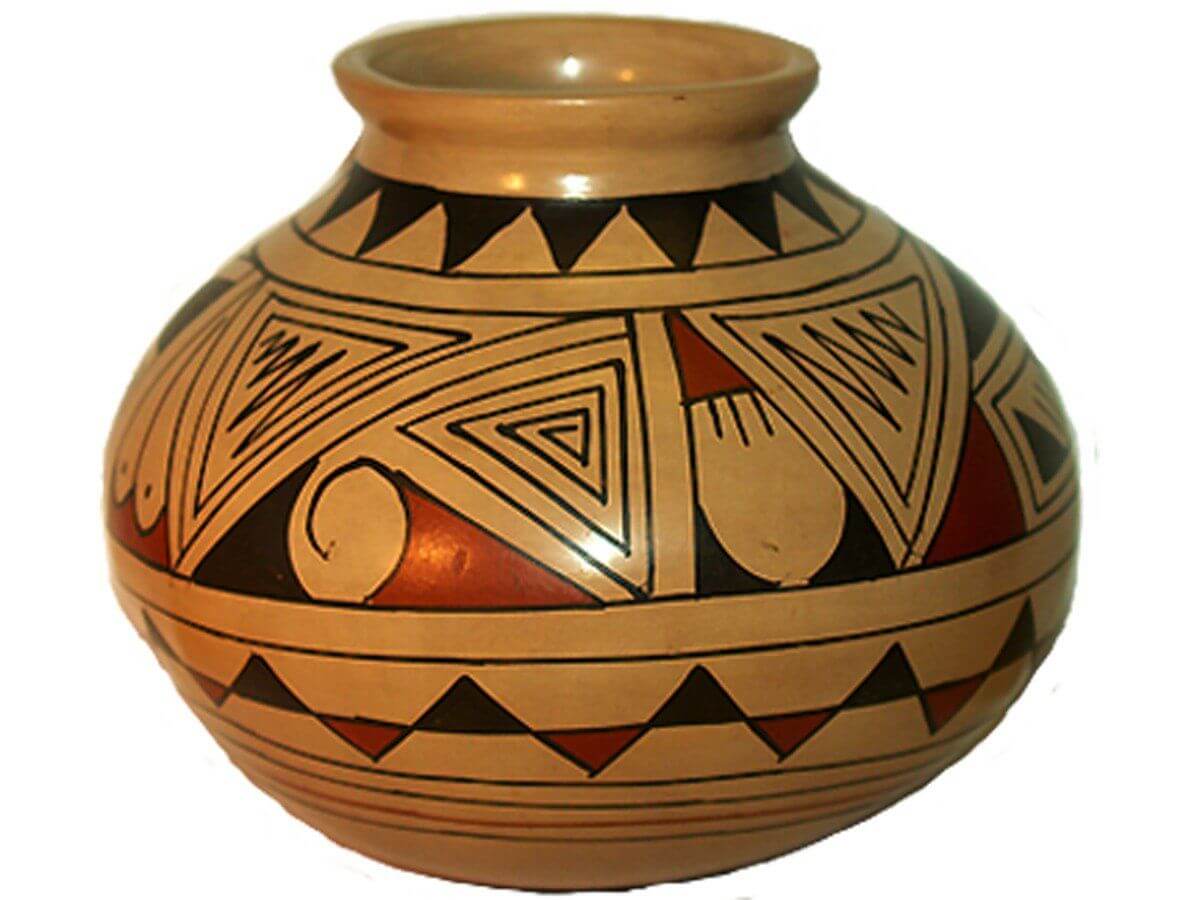- Home
- Culture of India
- Indian Art
Indian Art
Indian Art:
India is a culturally rich country. Indian art history can be traced back to pre-historic era of around 3000 BC. It is believed that Indian art evolved during Indus Valley Civilisation. There are different art forms of India like the Indian paintings, sculpture, Indian pottery and Indian textile art. Even the modern India is best known for its art, science. Literature and beautiful architectural buildings built in the history of India.
This modern art is
culturally influenced by various religions like the Hinduism, Buddhism,
Sikhism, Jainism and Islam. Even in the historical period the various
monuments, temples built had the influence of the religions. Archaeologists
have found out various evidence with regard to cave paintings, various
monuments and many more.
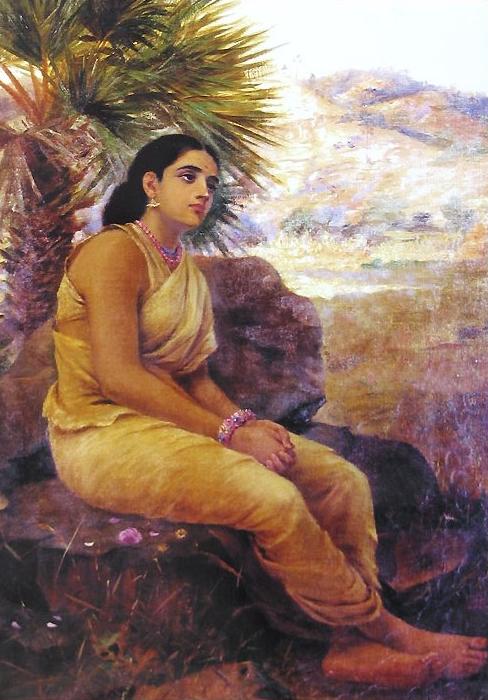
Indian Art-- Indian Painting
One of the fascinating in Indian art is the different types of Indian Paintings that are present through ages. The tradition of Indian paintings is present since ancient times. The earliest and one of the oldest type of painting known to us is the Rock paintings or the cave paintings. These paintings are present since the pre historic era. Being a land of rich culture and diversity the Indian paintings can be classified as murals and miniature paintings.
Murals are the paintings
that are applied directly on wall, or any permanent surface. An important
characteristic of mural paintings is that one can see the architectural
elements in the paintings. Miniature paintings are done on small perishable
items like book or a small piece of cloth. As the time changed there was a
change even in the Indian paintings and many modern art paintings have evolved.
Here are some details of some of the famous Indian paintings. Click here
Indian Sculpture
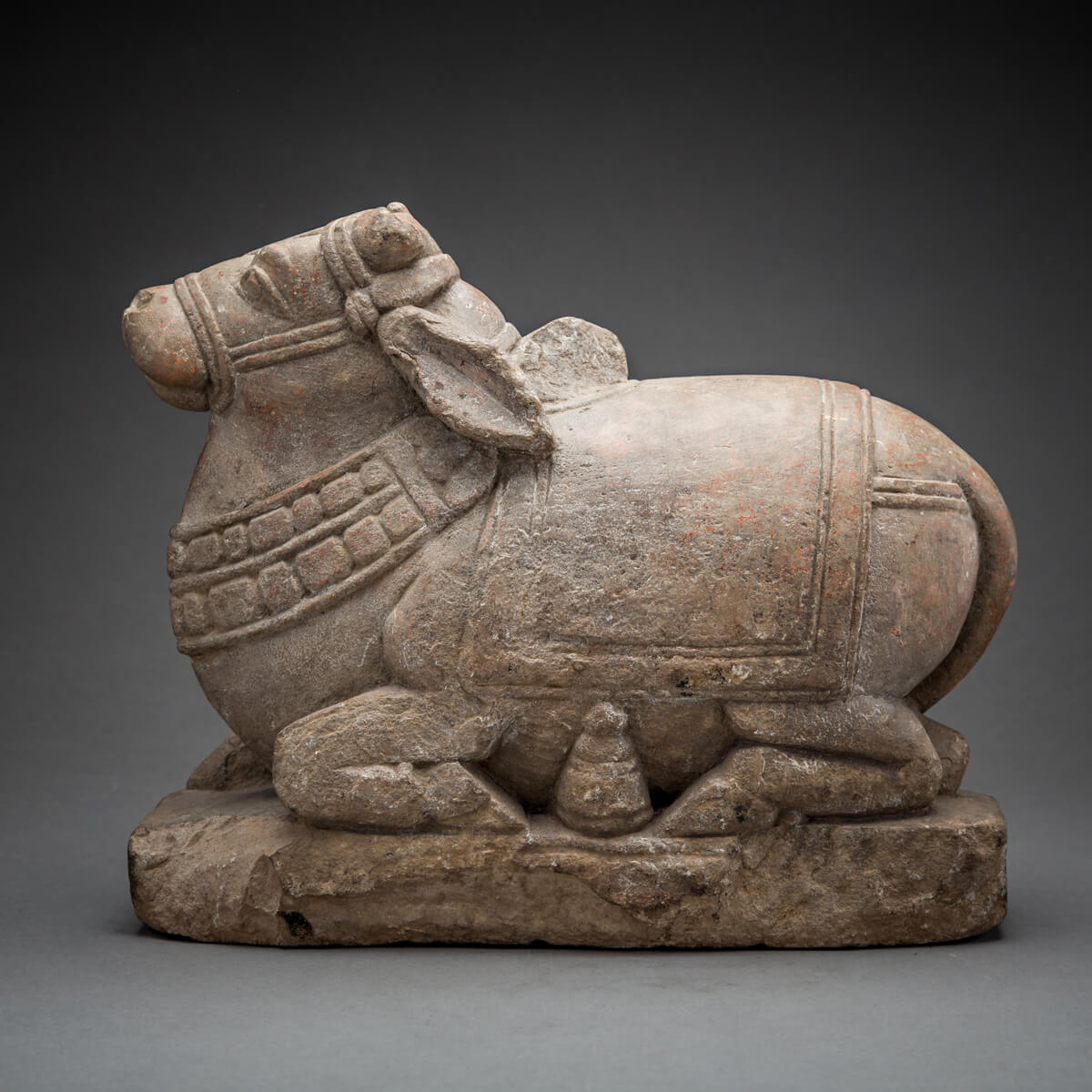
Indian sculpture is another form of Indian art which dates back to Indus Valley Civilisation. Sculpture is found in the places of Mohenjo daro and Harappa which is now in modern day Pakistan. The most famous sculpture of this period includes the small bronze female dancer.
There were also pottery figurines or
stone seals which had animal or deities on it. After the fall of Indus Valley
Civilisation there was a lull period for the development of Sculpture in India
until the Buddhist Era which started around 1500 BCE.
It began to carve the characters from the three main religions like the Hinduism, Buddhism and Jainism. This Indian art form was further developed during Gupta Period and Mauryan Period. Further the Indian sculpture and art got further pushed during Satvahana Empire rule. It was an ancient dynasty based in the Deccan region. It ruled between 2nd and 3rd century.
Some of the
important sculptors during Satvahana period were Dvarapala, Gajalakshmi and
many more. Bhaja Vihara Cave was the first art during Satvahana period. It has
beautiful carvings and the pillars are decorated with lotus and animals. The
Amaravati school of Buddhist art along with Mathura and Gandhara School flourished
during the Satvahana Period.
The temples built in Khajuraho by the Chandelas between 9th to 11th century are the most beautiful and important examples of Indian art and sculpture. The intricate sculpture in this temple has various themes in it. The art got further improved during the Chola and Pala period.
The Chola bronzes is
the most important and famous sculpture in India. It was sculpted using the
lost wax technique. Further it was improved and some new modern sculptures
D.P Roy Choudhury, Ramkinkar Baij, Sanko Chaudhuri and many more.
Mauryan Art
The Mauryan art included Stupas, Viharas, Palaces, Pottery, Pillars, Caves and sculptures. The pillars of the Mauryan period were quite different to the Achamenian empire. The Mauryan pillars are rock cut pillars which display the carver’s skill. The Achamenian pillars were constructed in pieces by a mason. The Mauryan pillar found in Sarnath which is popularly known as Lion Capital is one of the best examples of Mauryan art. It is the national emblem of India.
Indian Pottery
Indian Pottery is another important and old form of Indian art which was present even during the Indus Civilisation Period. For thousands of years pottery has been the most beautiful art. Even to this date pottery is practiced extensively in India.
There are evidences to show that pottery was present during Vedic and Indus
Civilisation period. Today pottery is a very important market in India. There
are many online shops which are exclusively marketing the pottery. Hinduism
discouraged using of pottery at home or any other place due to its religious
philosophy.
Pottery can be
termed and explained as the process of forming vessels and other objects by
using clay and other ceramic material. It is fired at high temperatures to make
it durable and hard. Different types of clay are used for making pottery. Some
of them are Kaolin, Ball Clay, Fire clay, stone ware clay and Bentonite.
Pottery made from clay is divided into three groups’ earthenware, stoneware and
porcelain.
The origin of pottery can be traced back to Mesolithic period. Cord Impressed style pottery was started during Mesolithic period. it was found in later Neolithic period. Mehrgarh Period II and III witnessed Wheel based pottery. During Indus valley civilisation the pottery making became little more sophisticated and one can see handmade, and wheel made pottery during this period.
Various
excavations have been made near Saraswati River and Indus River where in
Pottery was made using ed-Dur Vessels. During the Vedic period the pottery was
more tangible, handmade and had no designs on it. It was used for storing water
during Vedic period. The Jhukar and Jhangar Phase which was present during the
late Harappan period had developed crude handmade pottery.
People in Mesolithic and other periods pot became a very important storing and cooking tool. Ochre coloured pottery culture can be regarded as a proper civilisation like the Harappan civilisation. It was present between 4th to 2nd BC all along the Indo Gangetic Plain which extended from eastern Punjab to northeastern Rajasthan and Western Uttar Pradesh.
The OCP
culture reached the Gangetic plain in early 2nd century BC. Recent
excavation from Shaharanpur of UP has discovered copper axes and some pieces of
pottery. The Copper hoard culture also developed during the same period in the
Northern part of India.
As the time
progressed there were various other culture that developed were the Malwa
culture, Jorwe Culture, Turko Mughal period and glazed painting. With the
development of Pottery culture in India, these pots are exported to different
parts of the world. Modern India calls pottery as terracotta pottery. Today
pottery is one of the important business and art in India.
Indian Textile
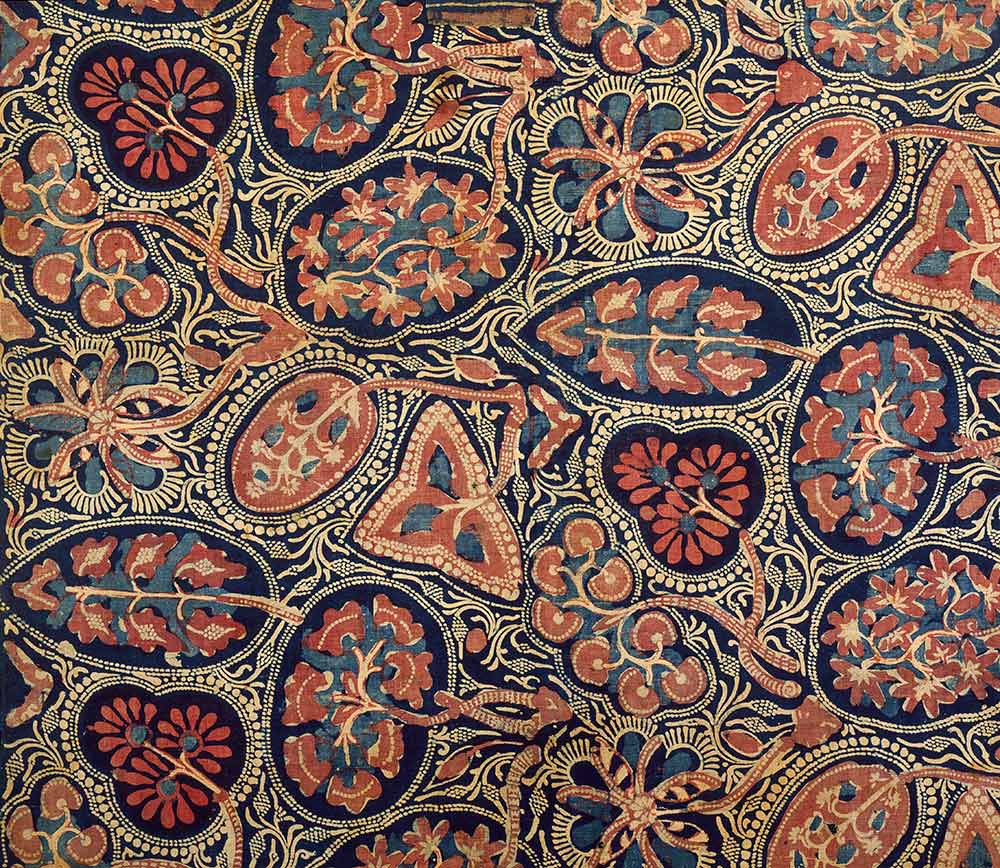
Like other forms of Indian art, textile art is the basic and the most important art form. It involves human creativity, innovative ideas and necessary skills to produce a good textile. The materials used are either from plant or animal source or synthetic fibre. Textile art is present since the beginning of civilisation.
Basically textile is used to wrap the human body. Textile art include large number of forms and materials like Jute, cotton and flax. It is believed that flax was the oldest fibre which was used to make textiles. These textiles are now found in the tombs of mummies from as early as 6500 BC.
Cotton was
used only by 5000 B.C in India. Now cotton is one of the most sought of textile
in India. To get the final product from a textile is not easy it includes
various steps like selecting the fibre then yarn production, pre treatment,
dyeing, printing and the final product.
Rangoli
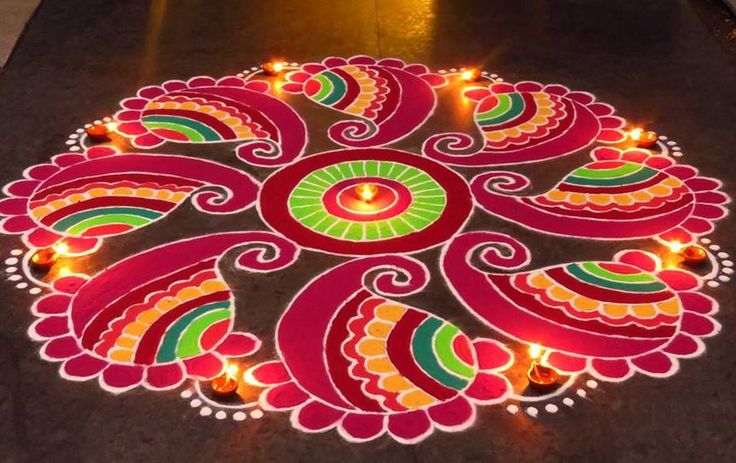
Rangoli is the classical Indian art form which is comprised of two words rang means colour and aavalli means row of colours. It is colourful patterns that are put on the ground with materials like colours, rice flour, flower petals and even coloured sand. It is a belief in some of the South Indian hoes that putting Rangoli in front of the house everyday brings good luck to their family.
Rangoli is
made during important festivals like Diwali, Dasara, Onam and Pongal. One can
see large Rangolis in front of the South Indian temples. Different parts of
India have different names for Rangoli like Muggu in Andhra Pradesh, Rangoli in
Karnataka, kollam in Tamil Nadu, Chowkpujan in Uttara Pradesh and Pookkalam in
Kerala.
Share your views about Indian Art with us by clicking the link here
Check out for other pages
Update on coronavirus in India
Affiliate Disclosure:
If you make any purchase via a link on this site, I may receive a small commission with no added cost to you.
